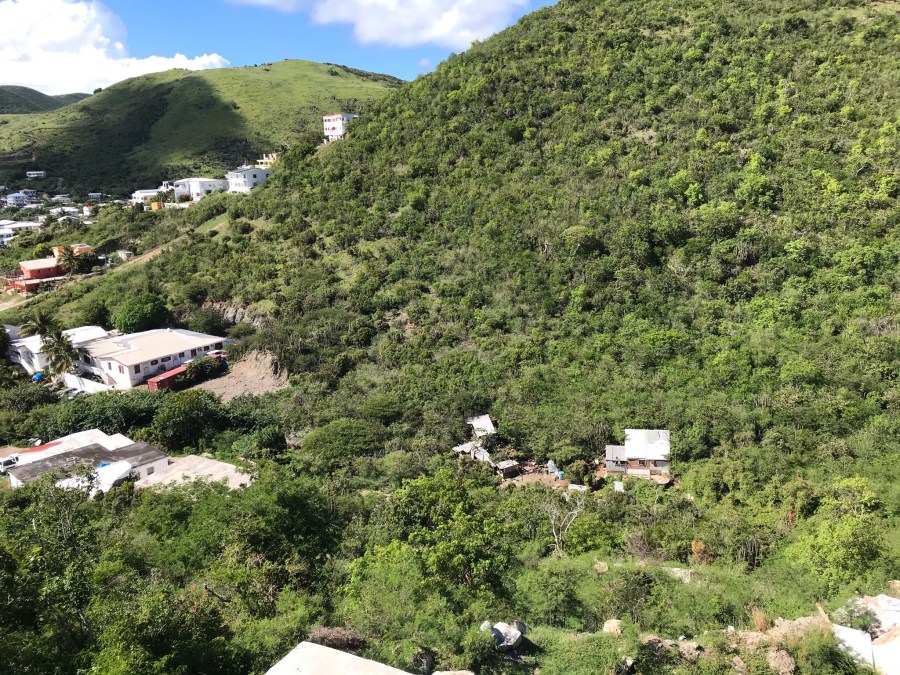Reinstatement of very old plantation
From Colonial Legacy to Community Empowerment, The Transformation of Plantation Succour
Dedicated to the memory of our ancestors —
those who once walked these lands in freedom,
were chained, yet stood unbroken.
To their strength, which carried through the storms of slavery
and birthed William Henry Marlin,
who planted a seed of hope on Succour’s soil.
May his descendants continue his vision —
tending these hills with courage,
and sowing a harvest of dignity, justice, and peace.— Cee Marlin


Historical Foundation
Deep in the southeastern hills of Sint Maarten lies the historic Plantation Succour, documented in the comprehensive “St. Maarten since Columbus: The first centuries” as one of the island’s registered estates and plantations. Once known as Estates 96 and 98, this fertile land bears witness to centuries of Caribbean history, from colonial exploitation to modern community empowerment.

The Marlin Family Legacy
The transformation of Plantation Succour began with the Marlin family’s remarkable journey across five generations:
William Henry Marlin (1857) became the first Marlin landowner, acquiring portions of the former plantation after emancipation and transforming it from a site of oppression into family heritage.
Victoria Madelaine “Grandma Vicky” Marlin earned her place in local history by giving The Keys its name. Known throughout the community for carrying keys as a trusted caretaker, she embodied the spirit of service that would define the Marlin legacy.
Louis Lorenzo Marlin continued the family’s deep commitment to the land, ensuring its preservation and productive use for future generations.
Marcilia Victoria Marlin modernized The Keys by bringing essential utilities and infrastructure development to the area, transforming it from a rural settlement into a thriving community.
Cee Marlin carries forward this legacy today, founding Vicky’s Keys Volunteer Center and establishing Stichting Marlin Yard to create sustainable community development throughout the Caribbean.
Modern Agricultural Renaissance
Today, the remnants of Succour plantation are experiencing their greatest transformation through Food Farm Gardens (FFG), where history meets innovation:
- 324 community garden allotments provide families with space to grow traditional Caribbean crops
- 324,000 kg of organic vegetables are produced annually, addressing food security for hundreds of families
- Heritage Agrarian Institute of Caribbean Innovation (HAICI) serves as a living classroom where traditional wisdom meets modern sustainable practices
- Crowd Profit Sharing through Caribbean Eco Token (CARET) ensures community members become stakeholders in their food system’s success
Preserving History, Building Future
Central to our mission is reinstating the remnants of Plantation Succour, particularly the berry orchards and agricultural fields demarcated by 300+ year-old slave walls. These historic stone barriers, built by enslaved hands, now serve a different purpose—they frame community gardens and mark hiking trails that tell the story of transformation.

Our restoration plan includes:
- Careful restoration of slave walls where needed, preserving these important historical markers
- Educational hiking trails along the walls for plantation history tours and garden exploration
- Hurricane and earthquake-resistant greenhouse structures at the rear of the site for year-round organic vegetable production
- Terraced hillside community gardens creating beautiful allotments from front to back of the property
Food Security Through Education
As part of Sint Maarten’s Food Security movement, we’re transforming these historic agricultural fields into educational spaces that create a sustainable agricultural economy. Our comprehensive Educational Program covers the complete arc of agricultural history—from 17th-century plantation cultivation methods to modern sustainable farming techniques.
The program aims to:
- Inspire islanders to pursue education and careers in food cultivation
- Train the next generation of Caribbean farmers
- Demonstrate the journey “from ground to table”
- Build community resilience through local food production
Community Engagement and Membership
Our site design integrates multiple community functions:
- Public park at the front entrance welcomes all visitors
- Individual allotments for members to grow their own food
- Educational plots for hands-on learning experiences
- Historical garden showcasing heritage crops and techniques
- Communal garden for shared community projects
- Outdoor teaching center for classes in gardening, landscaping, nutrition, and cooking

To participate in our allotment program, community members must become members of our Food Farm Gardens Association. This membership model ensures committed participation while building a sustainable community of growers.
From Chains to Community
The transformation of Plantation Succour represents more than agricultural development—it symbolizes the power of community to reclaim and reimagine historical spaces. Where enslaved workers once labored without choice, families now choose to grow their own food. Where colonial walls once divided, community gardens now unite neighbors in the shared work of feeding themselves.
This is the harvest of justice: seeds planted in ancestral soil, tended by free hands, and shared among neighbors who understand that true wealth grows from the ground up.
Ready to be part of this transformation? Learn more about Food Farm Gardens membership and join our community of growers working to build food security in Sint Maarten.



